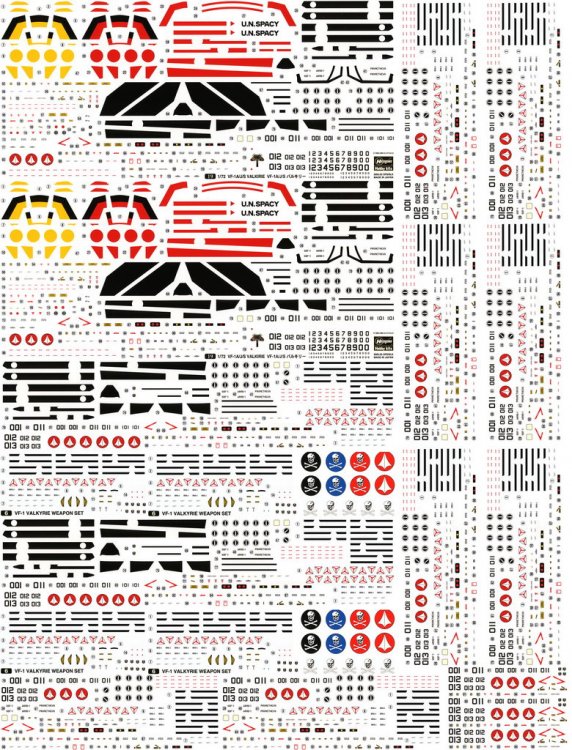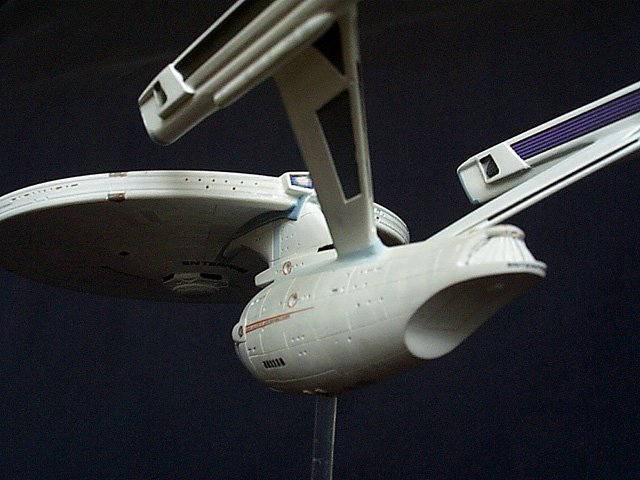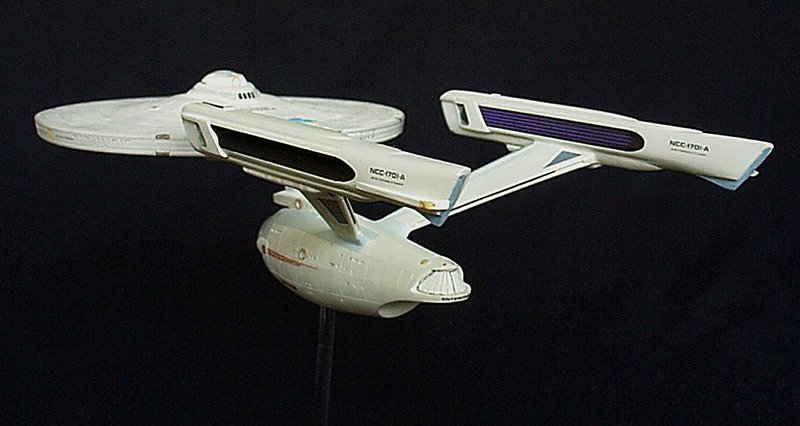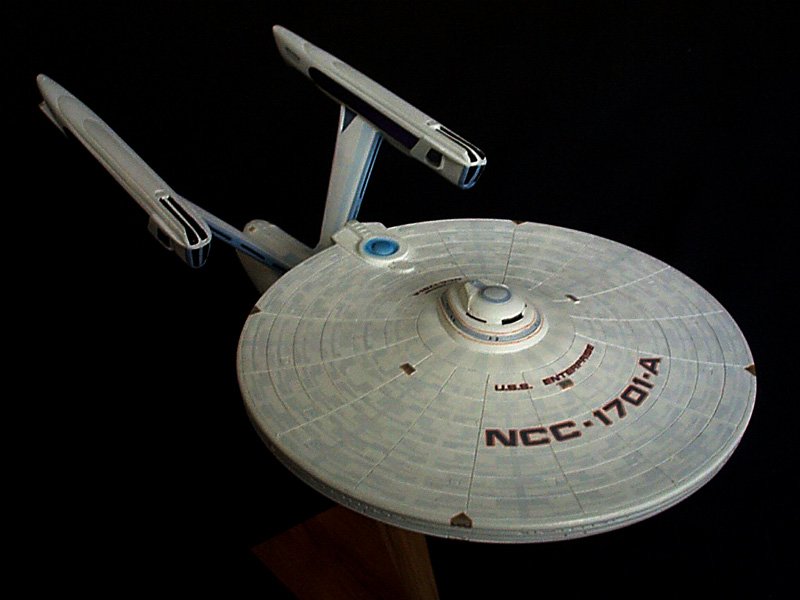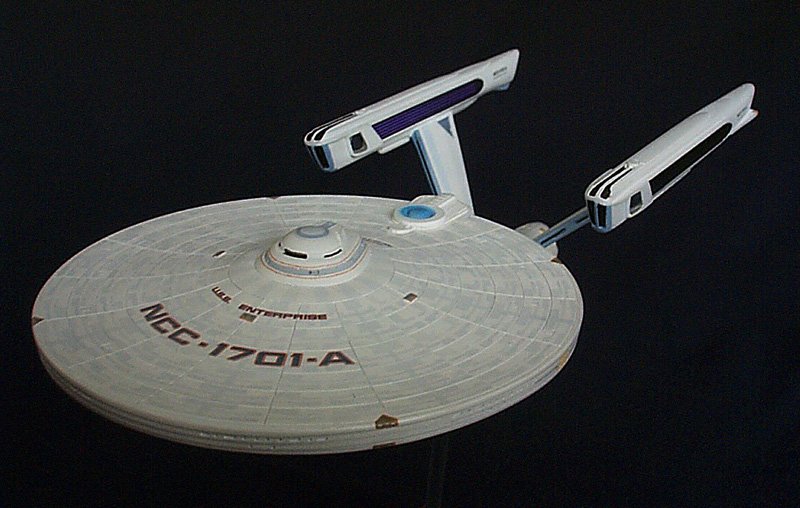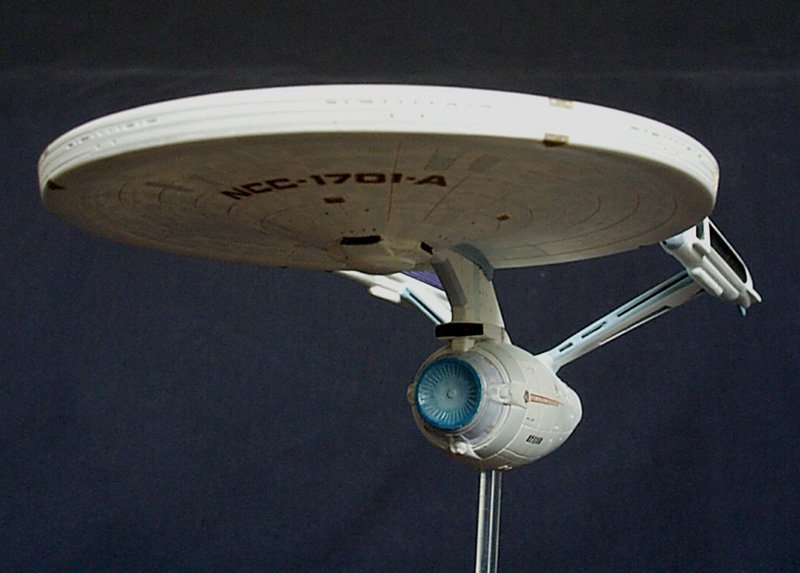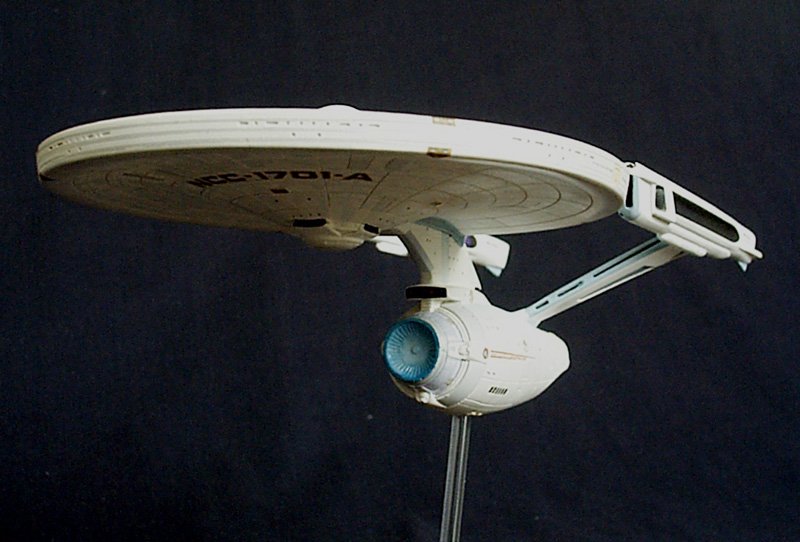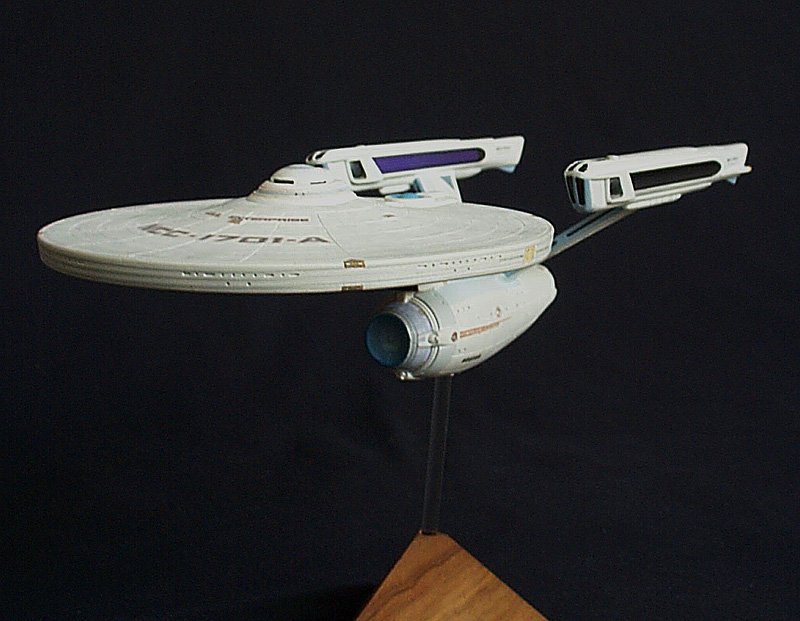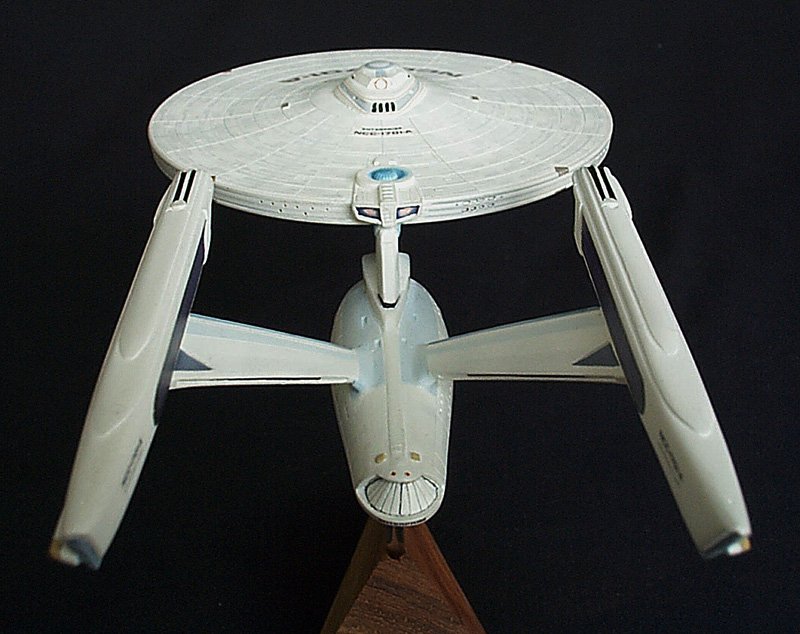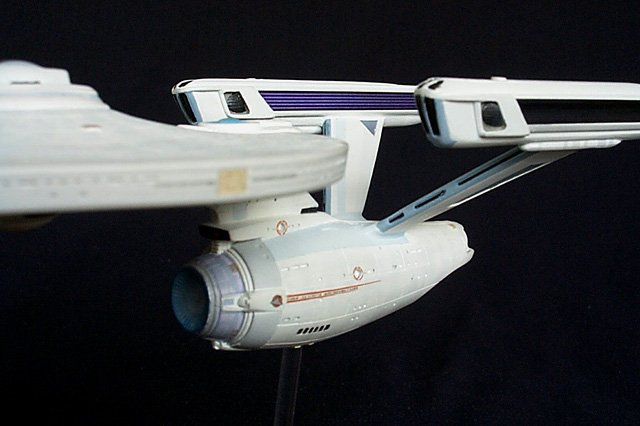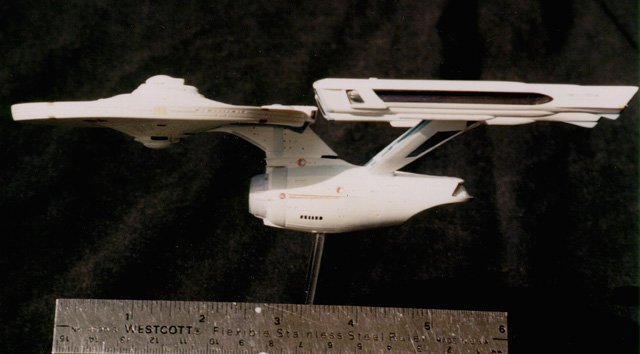-
Posts
4319 -
Joined
-
Last visited
Content Type
Profiles
Forums
Events
Gallery
Everything posted by wm cheng
-
Nice options PetarB! They are all consistent in the Macross Universe and quite original. I'd personally like option 2 - I think the different greys and blue-grey can be made to look more realistic and military than some of the other brighter colours - but the other options are good too. My deciding factor was what I was going to place my model beside - I wanted my Booster to look "in place" with the other Valks with their fast packs - you might want to look at what you want to place this model besides when you're done. Option 3 is most like what could be a real "canon" scheme from the TV episode though. Can't wait to see what you choose.
-
Thanks to this thread, I finally ordered Vol 1 and Vol 2 through HLJ - and they arrived! Luckily I got a complete set from the box of ten of each series... Vol 1 VF-1A Cannon Fodder (x2) VF-1A Showbirds (x2) VF-1A Max Green (secret) VF-1J Hikaru VF-1J Mirya VF-1S Strike Hikaru VF-1S Strike (Fokker) (x2) Vol 2 VT-1 VF-1A (x2) VF-1J Max (x2) VF-1S Mimay (x2) VF-1A Super (Hikaru) VF-1A Kakizaki (secret) VF-1S Super (Fokker) I just wanted to add that I can't believe how amazing these little gems are! I may be crazy, but I think I'm going to take a few of them apart and re-build them as little models, filling and sanding the seams and decaling them up properly (like that guy in HK did a few pages ago). I scanned in the 1/72 scale Hasegawa decals and reduced them 50% to get 1/144 and printed them from a colour laser to clear decal film - we'll see how many "no steps" I get to before I loose my eyesight! I may offer up some of my doubles up after I've tried modifying and taking apart some of these beauties. In the meantime I can offer up my sheet of reduced decal graphics for anyone else who wants to try what I'm doing (just PM me - its a 7Mb e-mail - unless someone wants to host it)
-

High Definition Media & Technology Thread
wm cheng replied to JsARCLIGHT's topic in Hall Of The Super Topics
Fantastic! I love my PS3 specifically for BR player and home media center to stream video files from my desktop computer upstairs. So what's new with the recent v2.17 firmware update? Is it true that there's a new 3D interface that will be replacing the XMB? -
Yay! a build up finally... I can live my life vicariously through you. Your VF-4 is one of the best builds I've seen, and what a great scheme! Can't wait to follow along your Booster! I hope to get to finishing up my Launch Rail sometime soon... Thanks for posting! Good Luck!
-
I take it that the first book is pretty rare and hard to get (and probably really expensive)? Is the second book part of the BluRay release any good? How big? How many pages? Any scans? How much and where do I order? If I were to only get one, would the BR-DVD book be okay or will I pine for more? hehe... Oops, just read your discription back on pg 22 - wow! $200 - that's a lot for a set of BR-DVDs... too rich for my blood for such a small sized book.
- 1080 replies
-
- yukikaze
- sento yousei yukikaze
-
(and 6 more)
Tagged with:
-
Sorry, been on a crazy shifted work week and we're leaving for the sunny Caribbean tomorrow for March Break! but will get back next week and its first on my priorities! Its all assembled and painted/primed dark grey. No additional details, decals or painting yet - but its 80%.
-
What art book?! not the "Fairy Air Force At War" that came with a little DVD is it? Is there another art book out?
- 1080 replies
-
- yukikaze
- sento yousei yukikaze
-
(and 6 more)
Tagged with:
-

The PlayStation 3 Thread 80GB Edition
wm cheng replied to Gaijin's topic in Hall Of The Super Topics
You can take them back to those places without a receipt? -

Bandai 1/72 Scale Macross Frontier Plastic Models
wm cheng replied to Graham's topic in Hall Of The Super Topics
I love 1/72 scale! I can't wait for these suckers... if they're anything like the Bandai EX line for the Yukikaze, then I'd be satisfied (I only wished they were larger, with landing gears more in scale, they were too chunky for the size). However, they aren't cheap - in fact they were quite pricey for little 1/100 models and they were limited release too. Also with the first SuperSlyph, they made a version 1.5 which corrected some mistakes of the first kit and added much needed decals too - so it punished the early adopters too (me included - oh well...) -
They look great! I'm glad that people are taking the time to eliminate the seams and touching them up. I'm also happy that they went with waterslide decals instead of stickers - a little harder to put on, but looks so much better. Definitely worth the effort. Through all the great work on this thread here, its convinced me to order up a set of my own - thanks! Wonderful little gems! I think they can look pretty wonderful with minimal effort. I'd like to see if I can miniaturize my Hasegawa decal set to 1/144 and print them with our colour laser - they mostly go on white surfaces anyways. I might be crazy enough to decal all the "NO STEP" stenciling onto one of these little birds!
-

The PlayStation 3 Thread 80GB Edition
wm cheng replied to Gaijin's topic in Hall Of The Super Topics
Thanks, but what if its the only demo I've been interested in downloading? Its the only one I've got - can't I default the PS3 startup to something else other than demos? -

The PlayStation 3 Thread 80GB Edition
wm cheng replied to Gaijin's topic in Hall Of The Super Topics
I've downloaded the Gran Turismo HD demo - is there anyway to get it to not go onto the GT HD demo screen and music everytime I turn on the PS3? -
Can anyone help me as to where I can get a full set of Vol 1 & Vol 2? preferably or the random boxes of 10 as long as they are the same price or cheaper than the full sets. (other than HLJ) If I get a case of 10 each, are my chances pretty good at getting a complete set out of that?
-
So where are you guys buying these from and how much are you paying for them? Any place in Toronto?
-
OK, I'll jump on this as well, but I'm looking for a complete set of both series (not the whole random box thing) and I'd rather hear first from the members of this great board than go to ebay as an alternative. Or, can anyone suggest a reputable online store to purchase a complete set from at reasonable prices? I'm in the Toronto, Canada area - anyone with extras in the area - I might even treat them to a private viewing of my model collection... ;-)
-
Thanks for sharing! Very nice collection. A question, what are those plexiglas covered display cases? I've been looking for something to cover my Valks for a long time, but never found anything that would fit aircrafft, most of the cases I've seen are for model cars and are shaped like rectangular shoeboxes.
-
Here! here! with the writers strike, there's no TV (of any kind other than crappy reality shows) anymore! It at least encouraging to see any type of effort put into any new show, especially a science fiction show (they cost more to produce and draws a much narrower slice of the demographics - its such a hard sell to get any sci-fi made!).
-
I would 3rd that!
-
Hey HWR MKII - I wished I knew about your 1/1400 build, I did my Enterprise (same kit as yours I believe) over ten years ago (I think when the kit first came out) and I spent the time scanning all the parts in and making decals for everything, even down to the tiny Federation stenciling on either side of the main entry hatch on the primary saucer and text on either side of the red docking ring. If you're interested I can see if I can dig up the old graphics, I think I did them in photoshop with the correct fonts, but I have to go through my old back ups - they were outputted to a colour laser printer. Here are some shots of the finished model - state of digital photographic technology is pretty poor back then so the photos don't really do it justice. BTW, all the paneling was airbrushed on, I went and drafted the aztec pattern in CAD and printed it onto frisket film - this was way before they had the pattern available as a decal - I'm a sucker for punishment!! I also did the matte/semi-gloss thing to differenciate the panel patterning - which was a bitch on something this small. I remember there was a lot of work in correcting warpage, inconsistent thicknesses, sloppy molding - generally it really was a US made yellow resin garage kit, but the only decent thing available at the time - certainly nothing like these newer Japanese Resin kits
-

The PlayStation 3 Thread 80GB Edition
wm cheng replied to Gaijin's topic in Hall Of The Super Topics
So when does Ace Combat come out for the PS3? Are they still in that XBox360 exclusive contract or can we expect to see AC6 sometime soon? -

Anyone know how much in the way of turnaround time we can expect....
wm cheng replied to SebastianP's topic in Model kits
I agree if Hasegawa finally gets around to a VF-25, it will probably be 1/72 and be amazing. I am definitely waiting for one of these (but I won't hold my breath, I would guess its still years away). If its Bandai, it could be a EX kit (which I hope, since they are really quite nice - hey HWR MKII, you should look at their Yukikaze fighter kits, the engraved panel lines are even more crisp than Hasegawa and more in keeping to 1/100 scale than Hasegawa's exaggerated 1/72 scale - not that I'm knocking Hasegawa, but some of the Bandai EX kits are extrodinary) if its a EX, then it will probaby be 1/100. Most of their EX aircraft (which I have) Yukikaze series, Yamato fighters and the Ace Combat Falken are all 1/100 scale and are excellent in terms of panel line details and shape. They can't do landing gears though, they are all too heavy and thick for the scale. I also have the Bandai 1/350 Yamato kit, and its really superb - their molding technology is just incredible. Bandai can do high quality stuff when they want to, but its just who are their target audience/consumer, the 12 yr old that actually watches the cartoon or the adult collector? -

High Definition Media & Technology Thread
wm cheng replied to JsARCLIGHT's topic in Hall Of The Super Topics
Hey JsARCLIGHT, I would be interested in what you consider as the flagship or demo-worthy BR-DVD titles (I'm interested in building up my collection). I find that the new Blade Runner is a simply amazing transfer and is my demo disk (tons of inky blacks! very 3D). I'll jump in finally (been a lurker on this thread for months - but I finally got a HD 1080p projector Panasonic PT-AE2000 with a 100" screen and a PS3 over the Holidays) as I finally have some experience in the issue now. I was format neutral and wanted to sit and wait the war out - being an original Beta AND Laserdisc owner, I am understandably cautious when another format war opens up. However, after getting a taste of HD on a 100" screen - I just had to jump in, plus the PS3 upscales and deinterlaces SD-DVDs so much better than any of my existing DVD players did. Hmm spend $200 on a decent Oppi DVD player or $400 for a new blu-ray player that networks and plays media from my desktop upstairs and allows me onto the internet while in the basement - seemed like a no brainer for me. Ultimately it was the cheap cost of the PS3 and that it had more titles that I was interested in that won me over. Plus I swore I would never own any Toshiba equipment again! I've literally thrown away a Toshiba TV, VCR and HTiB DVD/Amp/Speaker combo and my wife even supported me doing so - since she experienced how infuriating I was when ever I used such poorly designed cheap crap!! The mere fact that Toshiba was the only manufacturer that produced HD-DVD players pretty much made my decision for me. From the hardware side, you've got Sony, Panasonic, Denon, Marantz, Onkyo, Pioneer, LG, Samsung - almost all the major A/V players and NOT a computer software company running the show. Just like cameras, I would stick with Nikon or Canon (traditional photographic manufacturers) instead of the Casio, HP or other computer manufacturers. Thats just my cent and a half. I am glad the war is coming to an end mostly because I hope once it ends, most of the titles I care about will be released - the current crop is slim pickins. And its nice to finally be on the winning side for once (and porn wasn't the deciding factor this time around - did we grow as a society?! ) -
Sorry if I missed it in these 128pgs, but has Graham or anyone else (anywhere else) made a transformation guide for this puppy yet? I still haven't transformed my baby yet...
-

The PlayStation 3 Thread 80GB Edition
wm cheng replied to Gaijin's topic in Hall Of The Super Topics
Oh! thats such great news!! thanks Gaijin... Getting a 1080p projector in the next few weeks and a 100" screen, the reason I wanted to get a blu-ray player (and PS3 being the cheapest BR player around was just a bonus!) - now I can look forward to AC6 on 100" screen in 1080p!! I love Ace Combat! Yay! thanks. -

The PlayStation 3 Thread 80GB Edition
wm cheng replied to Gaijin's topic in Hall Of The Super Topics
A question: does the USB flightstick controllers from Ace Combat 5 (PS2) work on newer PS3 consoles? If so, are there any decent Ace Combat like flight games for the PS3 (I understand that AC6 is only for XBox360 right?)? Thanks,

